18 March 2025
Florence, the birthplace of the Renaissance, is nothing short of a cultural treasure trove. When you walk through the cobblestone streets of this enchanting city, you're not just sightseeing—you’re stepping back in time. Florence is where art, architecture, and history merge to form one of the most vibrant cities in Europe. Whether you’re an architecture buff, a history lover, or simply someone who wants to be swept up in the magic of the past, Florence’s Renaissance heritage will leave you in awe.
Are you ready to wander through the heart of Renaissance Italy? Let’s dive into how Florence’s architecture and culture have shaped not only the city but the entire trajectory of Western art and thought.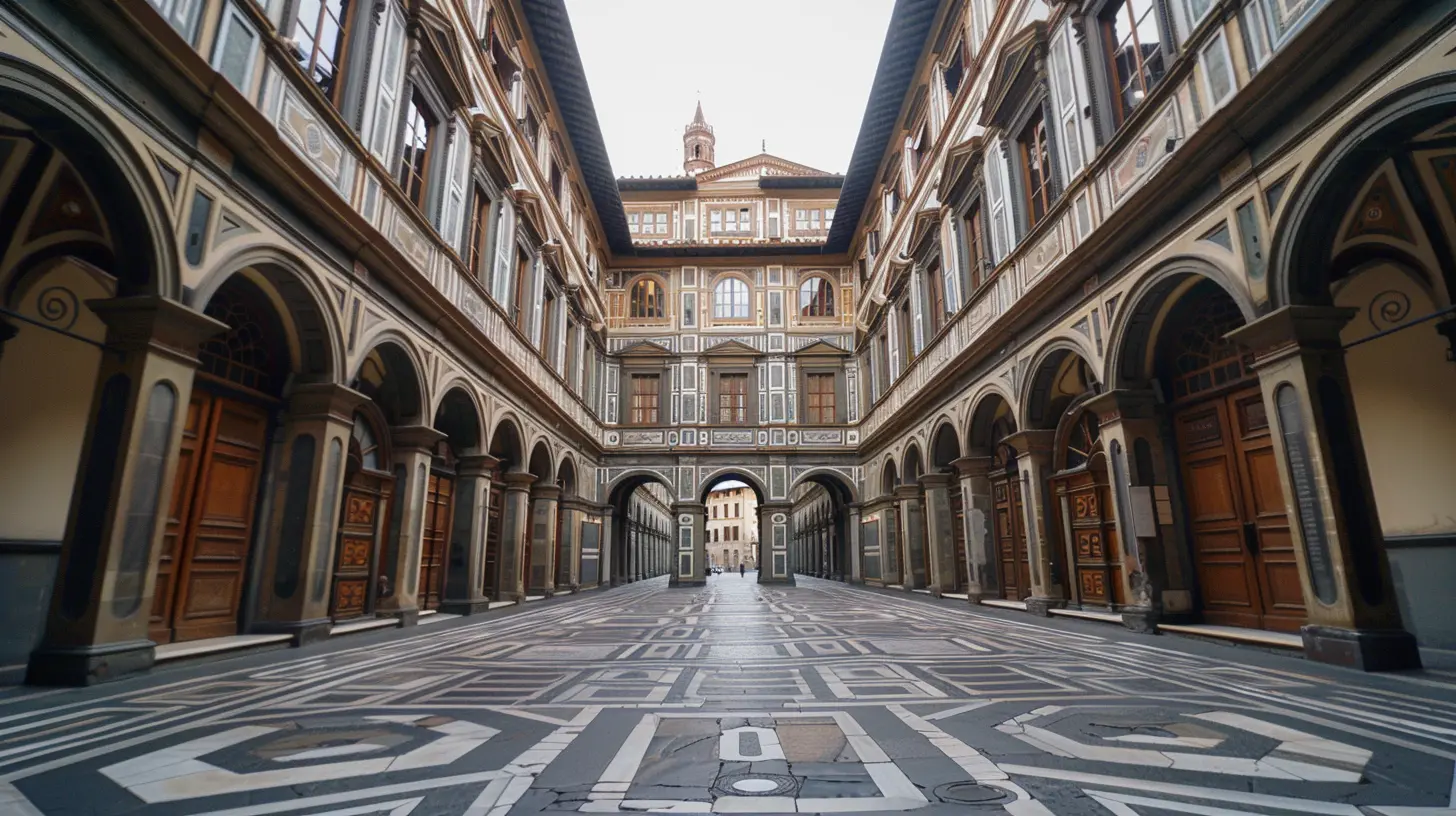
What is the Renaissance?
Before we delve into the architectural and cultural gems of Florence, let’s take a moment to understand exactly what the Renaissance was. The term "Renaissance" means "rebirth," a name given to the period between the 14th and 17th centuries that saw a resurgence of interest in the classical philosophies, art, and architecture of Ancient Greece and Rome. It started right here in Florence, and from there, it rippled throughout Europe.It wasn’t just about pretty paintings and elaborate buildings; it was also a time when people began to think differently. Humanism, the idea that humans have value and purpose beyond divine or royal decrees, became a major theme.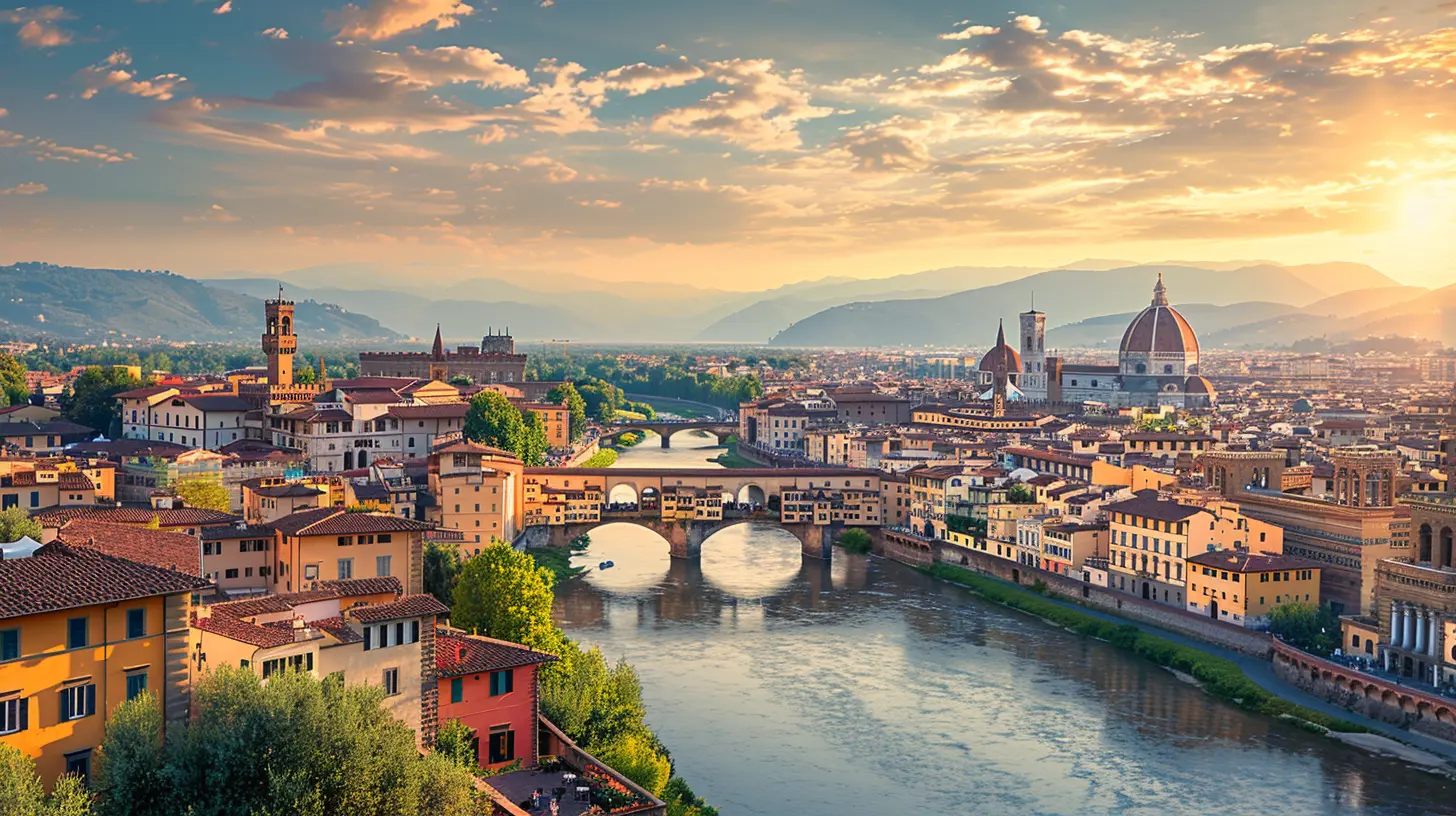
Why is Florence the Birthplace of the Renaissance?
Florence wasn’t just lucky—it was a perfect storm of favorable conditions. First, it was a wealthy city, thanks to its thriving banking and textile industries. The Medici family, Florence’s leading family of that time, were patrons of the arts and played a significant role in funding some of the period's most iconic works. They were like the Silicon Valley venture capitalists of the 1400s, except they were funding painters, sculptors, and architects instead of tech startups.The city’s culture was also ripe for change. Florence became a center for learning, attracting scholars, artists, and intellectuals from across Europe. The air practically buzzed with new ideas and creative energy.
Ready to explore specific masterpieces of architecture and culture that embody the essence of Florence’s Golden Age? Let’s go!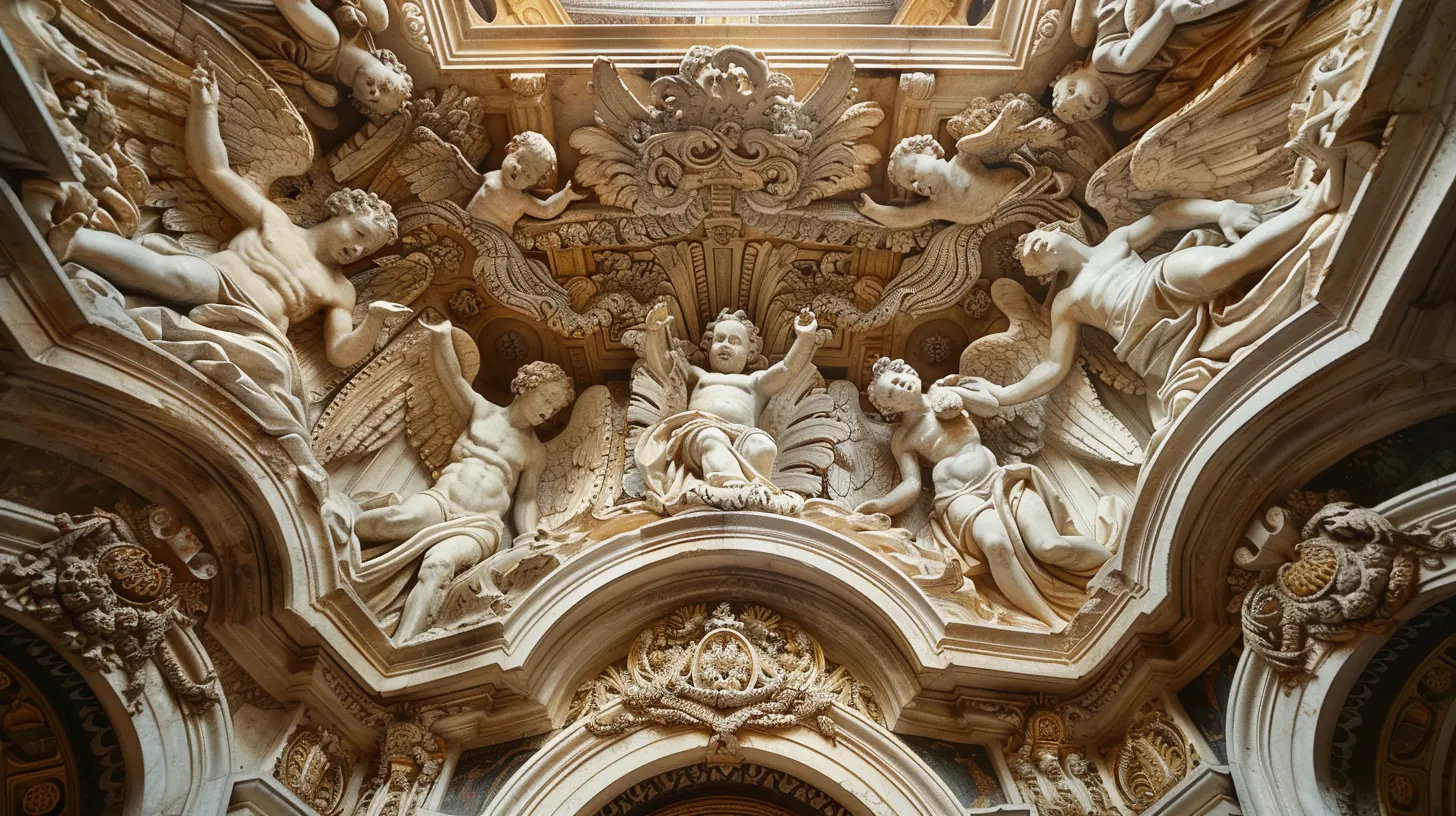
Iconic Renaissance Architecture in Florence
When it comes to Renaissance architecture, Florence is like an open museum, where every street has a story. From towering cathedrals to ornate palaces, the city is home to some of the most magnificent architectural feats of the period.The Florence Cathedral (Il Duomo)
Address: Piazza del DuomoArchitect: Filippo Brunelleschi
Constructed: 13th-15th centuries
Let’s start with the big one—literally. The Florence Cathedral, also known as the Duomo, dominates the city’s skyline. Its massive dome, designed by Filippo Brunelleschi, was an engineering marvel of its time. Brunelleschi’s dome is often considered the crowning achievement of Renaissance architecture. He invented new techniques and machinery just to construct it, including an innovative herringbone brickwork pattern that allowed the dome to stand without the need for external supports.
When you think about it, the Duomo is more than just a building. It’s a symbol of Florence’s ingenuity. It’s like the city’s great exclamation point, boldly declaring Florence as the epicenter of artistic and intellectual progress.
Pro Tip: You can climb to the top of the dome for one of the best views of Florence. The trek is steep, but once you're at the top, the panoramic view of the city below is worth every step.
Palazzo Vecchio
Address: Piazza della SignoriaArchitect: Arnolfo di Cambio
Constructed: 13th century
Renaissance architecture wasn’t all about churches. The Palazzo Vecchio, Florence’s town hall, is both a fortress and a palace. Its imposing structure reflects the political power of the city during the Renaissance. The building straddles the line between medieval and Renaissance design, making it a fascinating mix of the two periods. Inside, you'll find lavish rooms adorned with frescoes and sculptures designed by some of the most prominent artists of the time, including Michelangelo and Leonardo da Vinci.
The rooms of the Palazzo Vecchio were designed to impress visiting dignitaries and intimidate potential enemies. It was Florence’s way of saying, "We’ve got culture, we’ve got power, and we know how to use both."
Fun Fact: The Palazzo Vecchio was the setting where Machiavelli conceived his ideas about political strategy and power, later translated into his famous book The Prince.
Basilica of San Lorenzo
Address: Piazza di San LorenzoArchitect: Filippo Brunelleschi
Constructed: 15th century
The Basilica of San Lorenzo offers a more accessible example of early Renaissance architecture. Designed by Brunelleschi, this church embodies the simplicity and clarity the Renaissance is known for. It was funded by the Medici family, and many of its members are buried here. The Medici Chapel inside the basilica, designed by Michelangelo, is a must-see for anyone interested in Renaissance art and history.
Palazzo Pitti
Address: Piazza de' PittiArchitect: Luca Pitti
Constructed: 1458
Across the river, you’ll find the Palazzo Pitti, which was originally the home of the wealthy banker Luca Pitti before the Medici family took it as their residence. It’s one of the largest architectural complexes in Florence, featuring expansive gardens known as the Boboli Gardens.
The Palazzo Pitti represents a slight departure from the earlier Renaissance style, leaning toward the more grandiose and striking forms of the later period. The building itself feels like something out of a dream—a place where the walls could talk, you’d hear stories of Florentine intrigue, political drama, and artistic brilliance.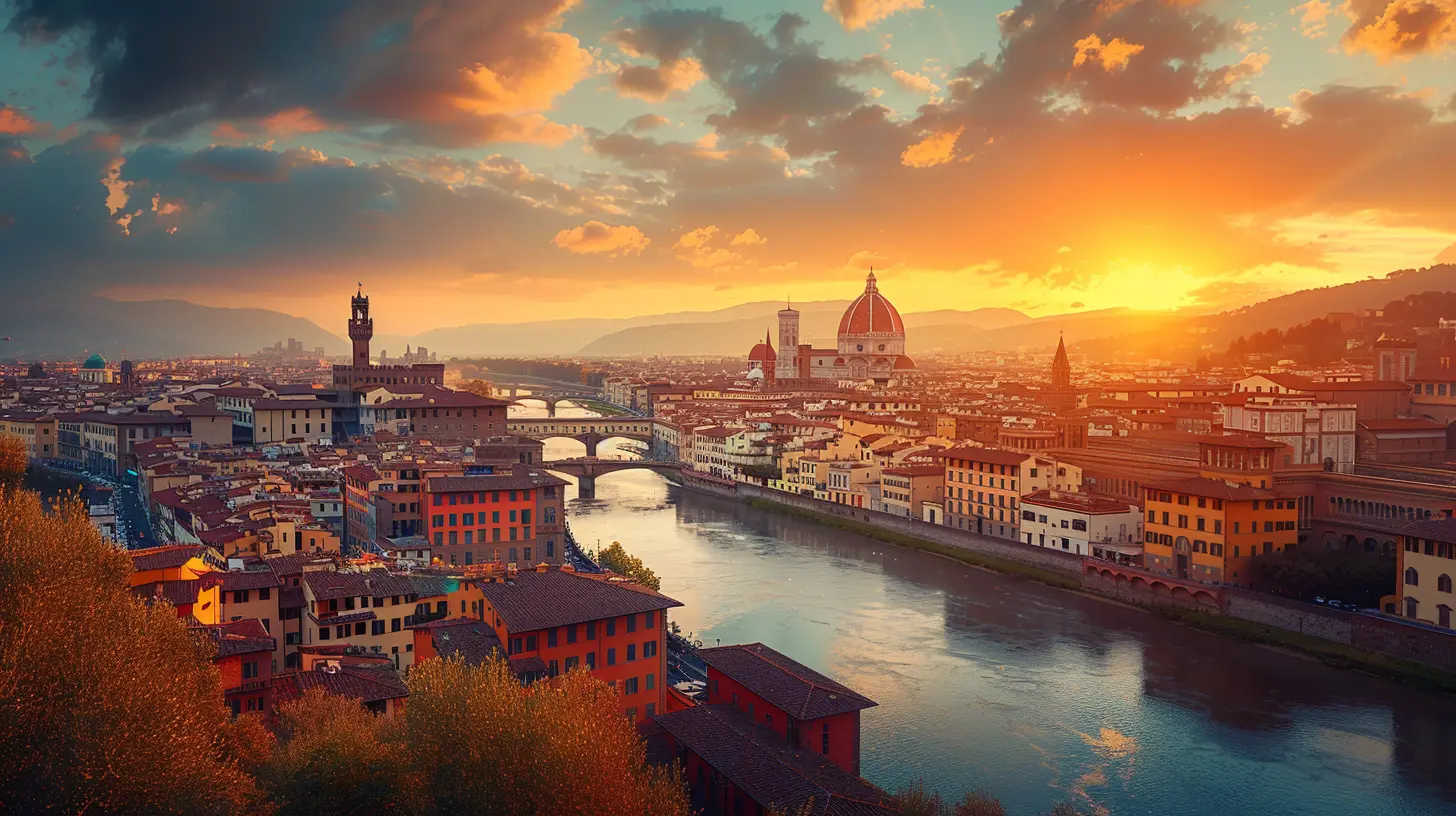
Art and Culture that Shaped the Renaissance
Renaissance culture isn’t just confined to buildings—you’ll find it in every corner of the city’s museums, galleries, and streets. Florence was home to some of the greatest artists of all time, including Leonardo da Vinci, Michelangelo, and Sandro Botticelli. Their works continue to influence artists and thinkers around the world.The Uffizi Gallery
Address: Piazzale degli UffiziArchitect: Giorgio Vasari
The Uffizi Gallery is arguably one of the most important art museums in the world. It houses works by Botticelli, Da Vinci, Michelangelo, and Raphael, to name just a few. You can't visit Florence without spending at least a few hours here, soaking in the masterpieces that helped define the Renaissance.
Botticelli's Birth of Venus, one of the most famous works housed in the Uffizi, exemplifies the Renaissance’s love of classical mythology and human beauty. The painting is so iconic that it’s almost synonymous with Florence itself.
Galleria dell'Accademia
Address: Via Ricasoli, 58/60Architect: Emilio De Fabris
Have you ever heard of a little sculpture called David? Of course you have! Michelangelo's David is arguably the most famous sculpture in the world, and you’ll find it right here in the Galleria dell'Accademia. Standing over 17 feet tall, it’s a towering symbol of human perfection and Renaissance ideals. Michelangelo carved this masterpiece out of a single block of marble, cementing his place as one of the greatest artists of all time.
Immerse Yourself in Florence’s Living Renaissance
What makes Florence truly special is that it's more than a city to visit—it's a city to experience. The Renaissance isn’t just in the architecture or the art; it’s in the daily life of Florentines, from their passion for food to their dedication to preserving the beauty and history of their city.Stroll Through Piazza della Signoria
If you're ever in need of a break but still want to soak in the Renaissance vibe, head to Piazza della Signoria. This public square is basically an outdoor museum, featuring statues like Perseus with the Head of Medusa by Cellini and a replica of Michelangelo's David. It’s a gathering point for locals and tourists alike, a vibrant reminder that Florence’s Renaissance isn’t confined to gallery walls—it’s woven into the fabric of the city itself.Florence's Festivals and Traditions
Throughout the year, Florence hosts several festivals that celebrate its Renaissance heritage. If you’re lucky enough to visit during the Scoppio del Carro (Explosion of the Cart), held on Easter Sunday, you’ll witness a tradition that dates back to the Crusades. A cart filled with fireworks is ignited just outside the Duomo in a spectacular display, symbolizing rebirth and prosperity.Florence is also known for its Calcio Storico, a brutal, ancient form of football that dates back to the 16th century. Held every June in Piazza Santa Croce, this festival is not for the faint of heart. It’s yet another example of how Florence keeps its Renaissance traditions alive.
Conclusion: Florence—A Renaissance That Never Ends
Florence isn’t just a city frozen in time; it’s a living, breathing testament to human creativity and perseverance. From its towering cathedrals and palaces to its priceless works of art, Florence offers an unparalleled journey through the history of Western civilization. Whether you’re climbing the Duomo, roaming the halls of the Uffizi, or enjoying a cappuccino in a sun-drenched piazza, you’re not just observing history—you’re living it.So, what are you waiting for? Pack your bags and prepare to step into the Renaissance!

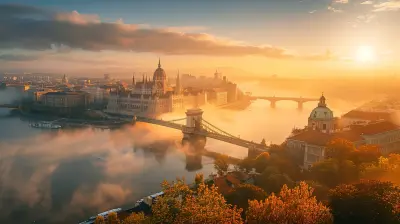
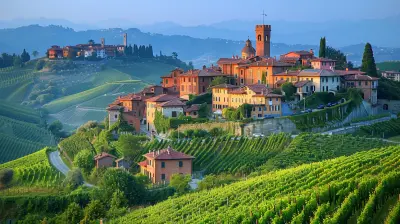
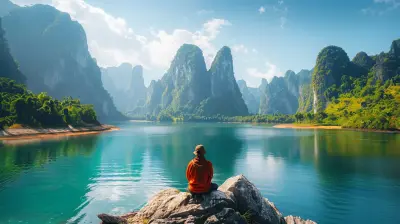

Tenley McGinn
Florence is a treasure trove of Renaissance architecture and culture. From the stunning Duomo to the intricate Ponte Vecchio, each landmark tells a story. Don’t miss the Uffizi Gallery for an artistic journey through history. Explore quaint piazzas and savor local cuisine to truly experience the heart of Tuscany.
April 1, 2025 at 4:27 AM